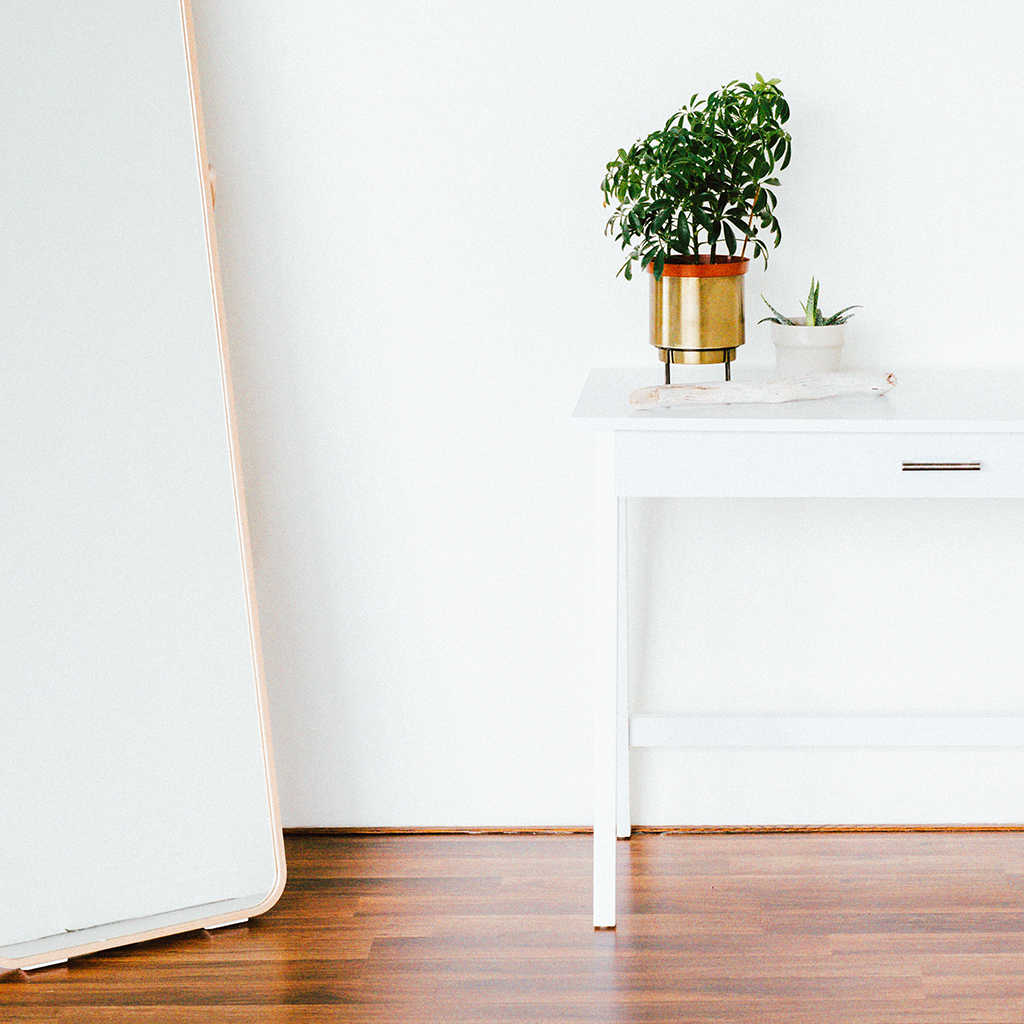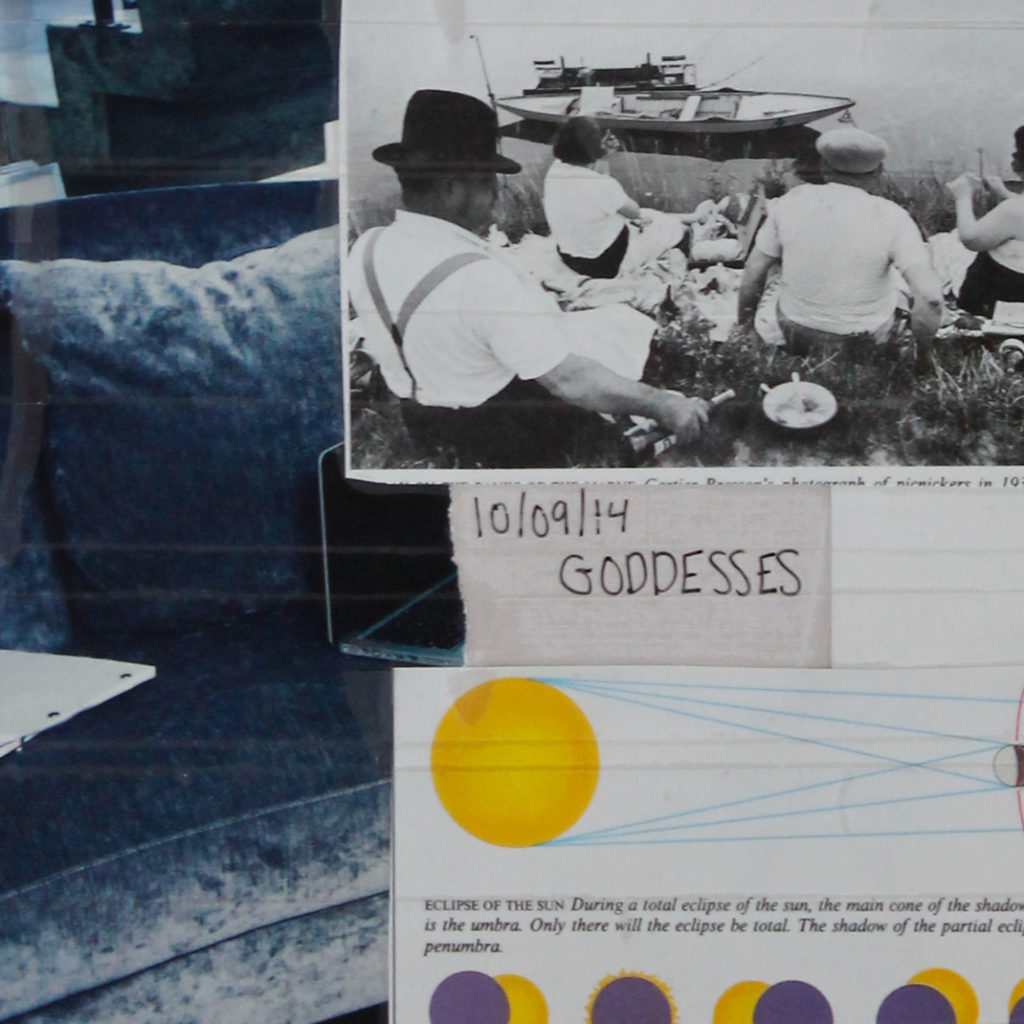The First Ideas Are Awkward
I caught myself looking in depth at the rough files of a recent
publication piece, a viewbook brochure, and the supplemental
takeaway sheets. As I attempted to reflect on my final solution and
look through my multi-stage creative process, I stumbled across an
important discovery. My starting points are rough, loosely structured
type and shape elements; they are awkward and hard to look at, much
less share with peers and professors. The layouts built from those
initial ideas become mocked-up digital roughs, looking to pursue a
higher level of sophistication. There’s hardly a framework of body
copy, the negative space is so horrendous-looking. I questioned why I
aligned such a raw, plastic green color in the small blocks of type
scattered about the page in such a strange pattern. These are the
awkward parts, the initial rough ideas that hit that daunting blank
page.
I discovered at times I try to rush through the sketching phase, and
the first mock-ups, to try arrive at something people could
automatically consider successful design. From this discovery I’ve
found that only after manipulating a layout seven times I feel
comfortable with my idea. Only after I’ve reconstructed those ugly
mishaps from initial ideation.
Continuing on through the scrapbook-like journey of my piece I see
the design evolve to a more complete idea. But the awkward first
attempts at ideation seem to act like paper scraps on a blank screen,
finessed by the hands of an eager child! More combinations of type
and image are introduced with colors and headings that orginially
came from a small, ugly-looking pencil drawn sketch. I’ve realized my
final piece is essentially an evolution of those first cringe-worthy cut
and paste content.
I turn right to a small, spiraled sketchbook and a pen and most of the
time to play with words. Those words turn into symbols then into
thumbnails and eventually digital mockups. Printed proof versions
inform more overlooked details of type-setting and image placement.
The designer must accept their ugly thumbnails, scribbled notes, and
awkward digital sketches. Practice is always essential and young
designers that use that cluttered sketchbook, work from uncomfortable
starting points, and can be handed an unfamiliar problem, will find the
process can become second nature.
We must not fear the awkward phases of ideation, it’s the brain’s
process of thinking through the problem, and manipulating it into
being this wondrous print product as the one I continue to reflect and
build upon.






